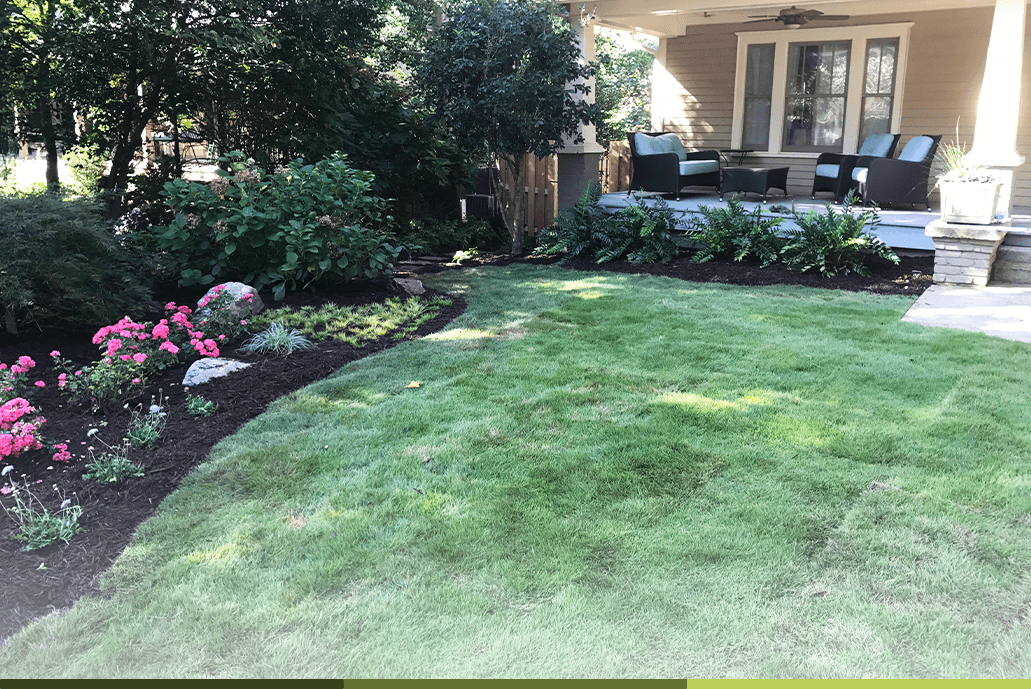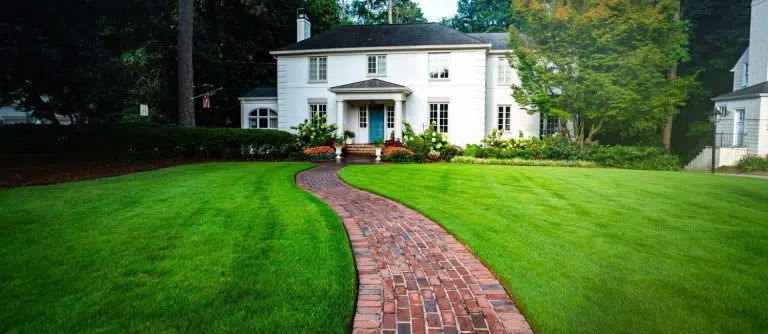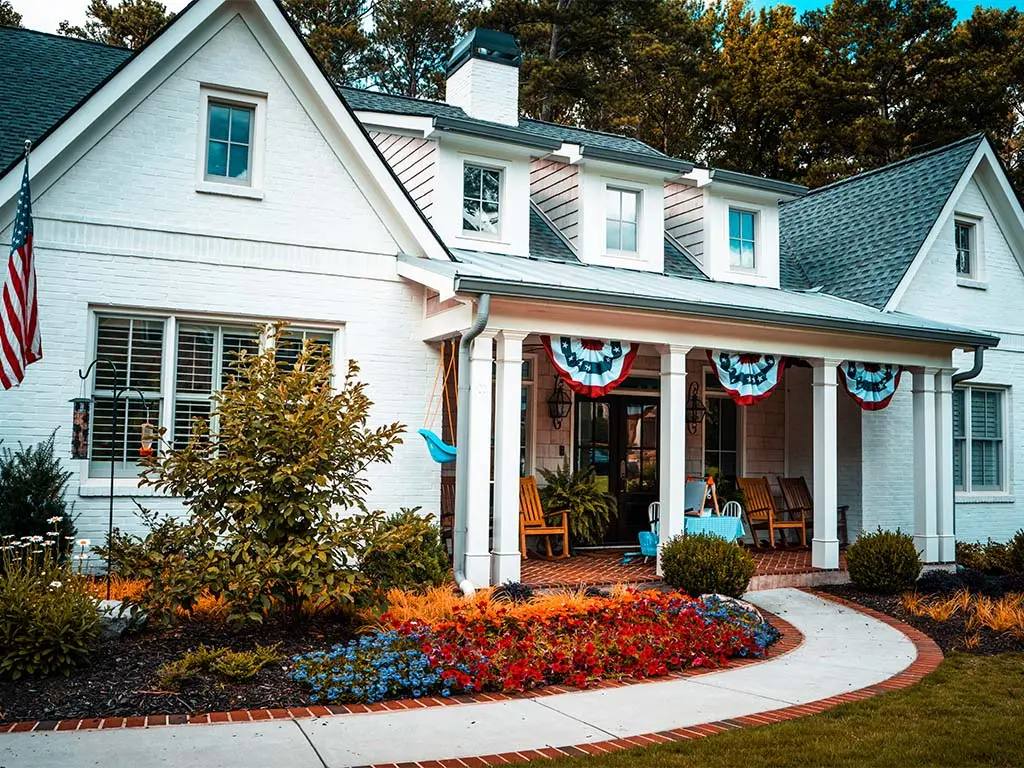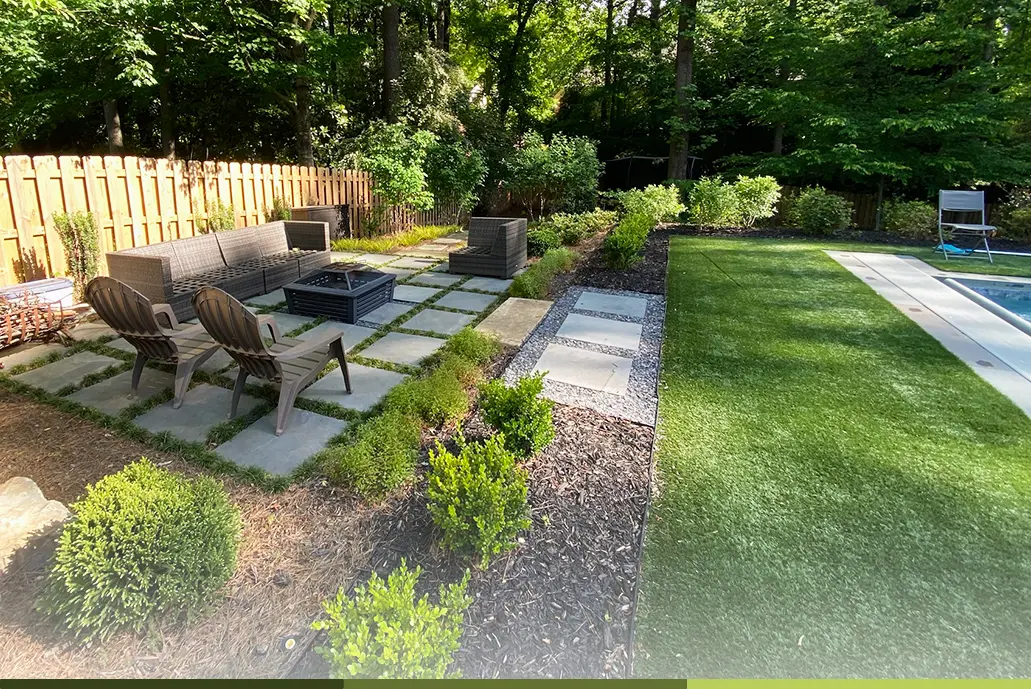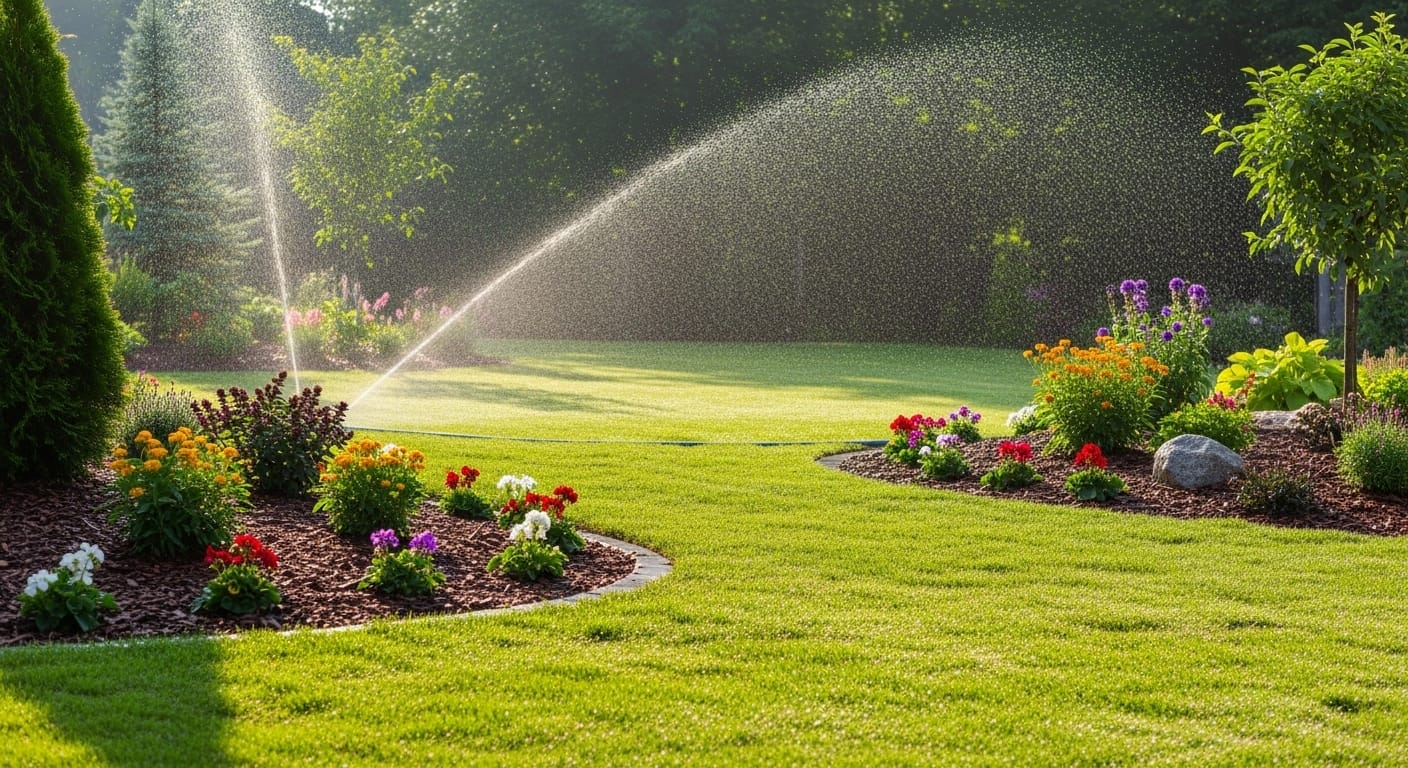Have you ever looked out at your yard and wondered… what’s all this really doing for me?
I’ve had that moment. Standing on a steep slope of turf grass, watching the sprinkler run while nobody’s playing ball, nobody’s lounging, and the only things growing were my maintenance and water bill. It’s a familiar scene in Atlanta—lawns that get mowed, fertilized, watered, and fussed over, yet serve no real purpose.
That’s why I design landscapes that work. For you, for the environment, and for the long haul.
Function First, Beauty Follows
When a landscape is built to function, it doesn’t just look good—it earns its keep. Native and climate-adapted plants stabilize slopes, cool the air, and support pollinators. Thoughtful grading and planting reduce runoff and erosion. And every element has a role to play.
This isn’t just about aesthetics. It’s about stewardship, resilience, and smarter land use.
Take Alpharetta, for example—where overcut trees and sterile mulch beds dominate entire neighborhoods. The canopy’s been stripped, the soil’s exposed, and the landscape feels plastic. Contrast that with parts of Decatur, where layered shade, native understory, and seasonal texture create a woodland feel that’s both functional and inviting. One demands constant input. The other gives back.
Less Input, More Output
A functional landscape doesn’t ask you to babysit it. It doesn’t need constant irrigation, fertilizer, or weekend battles with weeds. Instead, it gives back—shade, habitat, seasonal interest, and peace of mind. You stop working for the yard and start enjoying what it gives you.
A Shift We Need
In neighborhoods across Decatur, Brookhaven, and Sandy Springs, we’re seeing the same pattern: ornamental landscapes that demand everything and deliver nothing. It’s time to flip the script. Let’s build gardens that serve a purpose—ecologically, emotionally, and practically.
Because your landscape should work for you. Not the other way around.

